Welcome to late summer, that magical time of year when your garden looks the best it has all year…or doesn’t. Early heat in spring pushed gardens in our area into overdrive, and while the rest of summer has been more seasonable, your plants may be looking worn. To keep your plants going strong into fall—or for some ideas of replacements for your containers—here are some suggestions.
If you grow flowers around your house, one of the main culprits you’re likely to battle are aphids. Aphids typically appear either black, brown, or green, but as they shed their old “skin” they leave behind white shells as well. Look for aphids where you see disfigured foliage at the growing tips on the ends of branches; they tend to feed on fresh new leaves.
Thankfully, for as fast as they multiply, aphids are easy to kill, so if you spot them on your plants, spray with BioAdvanced Insect, Disease & Mite Control, an all-purpose insecticide. Then, treat your containers or baskets with Bonide Systemic Granules to prevent future infestations. This granular insecticide works through the root system to keep your plants bug-free plants for up to 8 weeks—at this point of the year, that’s the rest of growing season!
A second nemesis your plants face in late summer is powdery mildew. Thanks to mild temperatures and higher humidity in July, mildew is running rampant through gardens. Unchecked, the dusty gray appearance of mildew on the leaves of your plants can kill, so I recommend spraying with neem oil from Bonide. This easy to use organic spray is safe for both flowers and vegetables, and it’s very effective in controlling diseases as well as several types of insects.
For controlling powdery mildew, you may have to spray your plants multiple times at one to two week intervals until the disease is under control. Additionally, avoid watering overhead when possible; wet leaves on the dense foliage of plants at this time of year create ideal conditions for disease development, so focus your watering at the base of the plants.
If some of your plants are already beyond saving—or admit it, you’re just tired of them and want something fresh!—grasses are great pot fillers for the late summer transition to fall. Not only do they provide color and texture, many varieties can be transplanted out into your yard later on and give you color for years to come. One of my favorite grasses for this time of year is Japanese blood grass. This short upright grass boasts fiery red tips by mid-summer, continuing to redden as the summer wanes. In flowerbeds, it slowly spreads, so give it room to grow or bury it in a pot to limit its growth.
A second grass-like plant I love is sedge. Available in multiple colors, this plant is technically not a grass, but with fine blades it has all the appearances of a grass with the added benefit of being evergreen! Enjoy it in a pot all through autumn and winter and move it to a permanent spot in a flowerbed sometime next year.
One other grass that can’t be beat for late summer and autumn color is purple fountain grass, with deep burgundy foliage and fluffy seed heads in late summer and autumn. It’s a perfect centerpiece for containers, but unfortunately it rarely winters over in our climate, so enjoy it as an annual.
Just because your plants may not be in prime condition anymore doesn’t mean it’s time to give up. With a little extra love—and maybe some new pops of color in those containers beyond help—you can enjoy your garden yet for months to come.


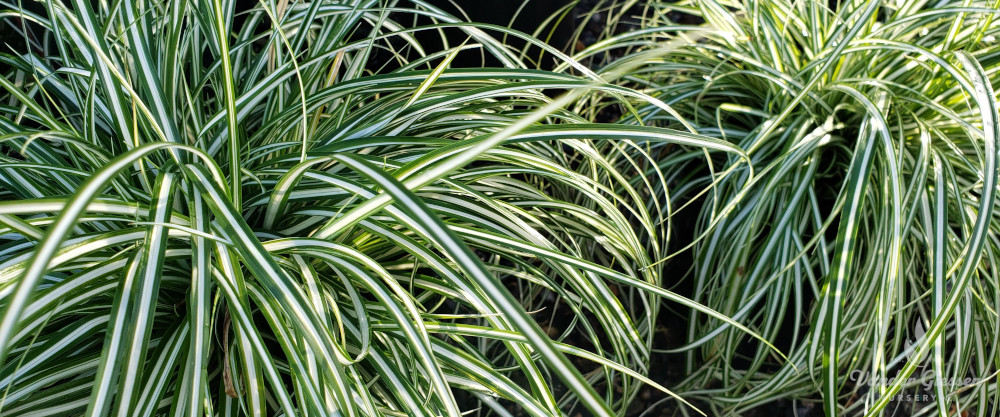
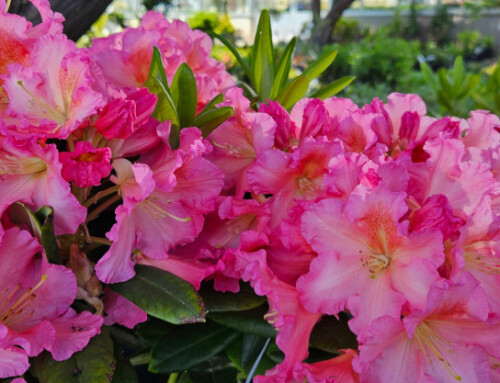
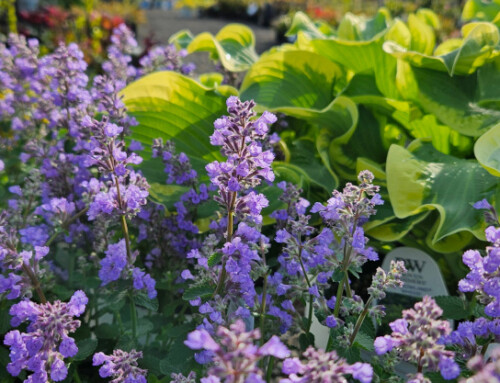
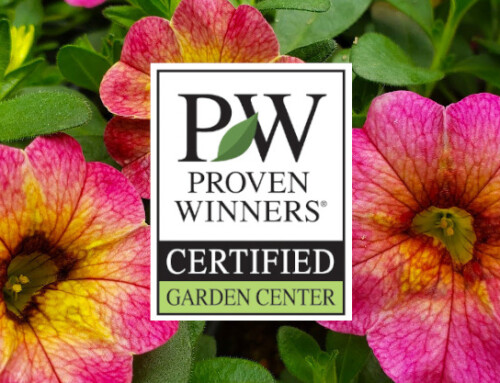
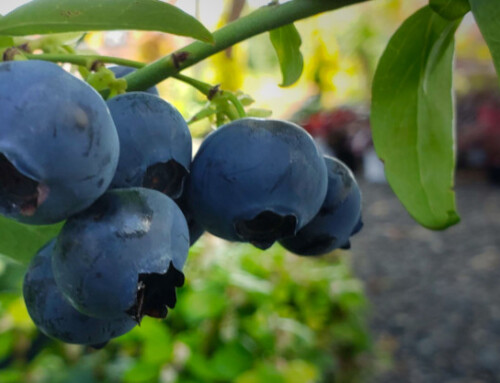
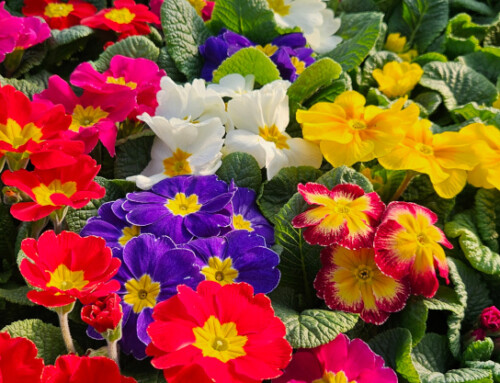
Leave A Comment